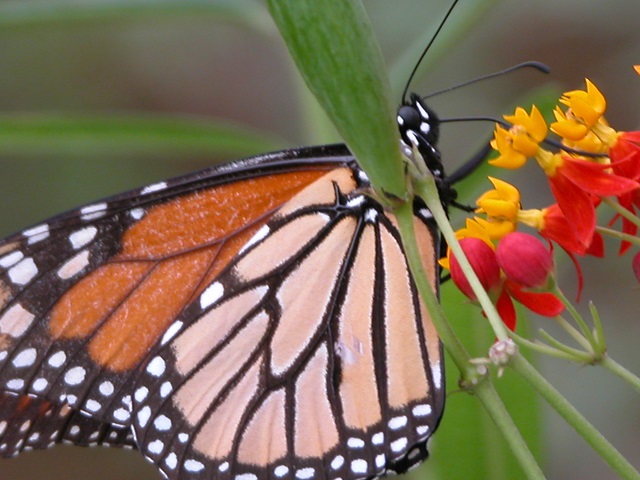Why Monarchs are in Decline
This is Passport to Texas
Fragmentation and loss of habitat creates hardships for monarch butterflies during migration and hibernation.
14— That is being propelled by the elimination of grasslands in the Midwest [where monarchs fuel up during migration] to plant GMO (genetically modified organisms) soybean and corn crops, and to plant crops for biofuels.
Logging in the mountains of Mexico where monarchs overwinter also affects the species. Rob McCorkle wrote an article about the decline of the monarch population for the March issue of Texas Parks and Wildlife Magazine.
At their peak, a billion monarchs filled the skies; today that number is under 50-million. Yet, each of us along their migratory path can help them on their travels by doing one simple thing.
16— The most significant thing scientists say you that you can do is plant milkweed, because that is the sole species the monarchs depend on to lay eggs for emerging caterpillars to feed on.
Find more information about the kinds of milkweed to plant for monarchs at www.plantmilkweed.org. Tomorrow, the kinds of milkweed best suited for monarchs, and how the US, Canada and Mexico are working together to save this iconic species.
For Texas Parks and Wildlife, I’m Cecilia Nasti.



 Passport to Texas is a
Passport to Texas is a  Passport to Texas is made available by:
Passport to Texas is made available by: